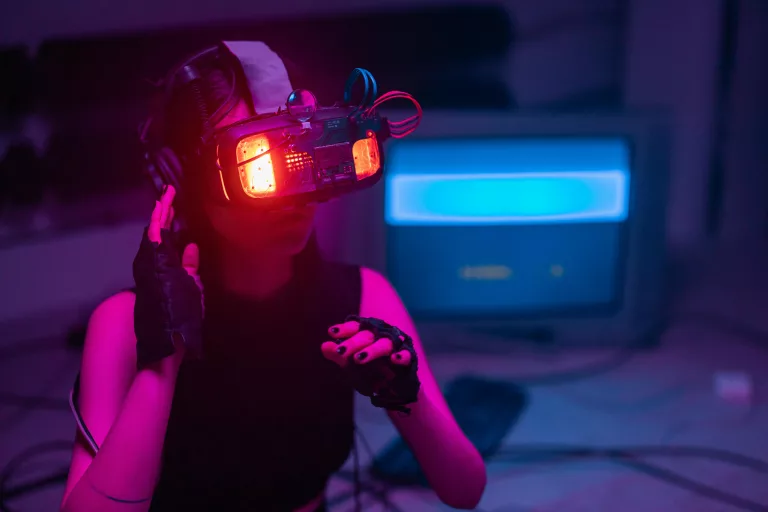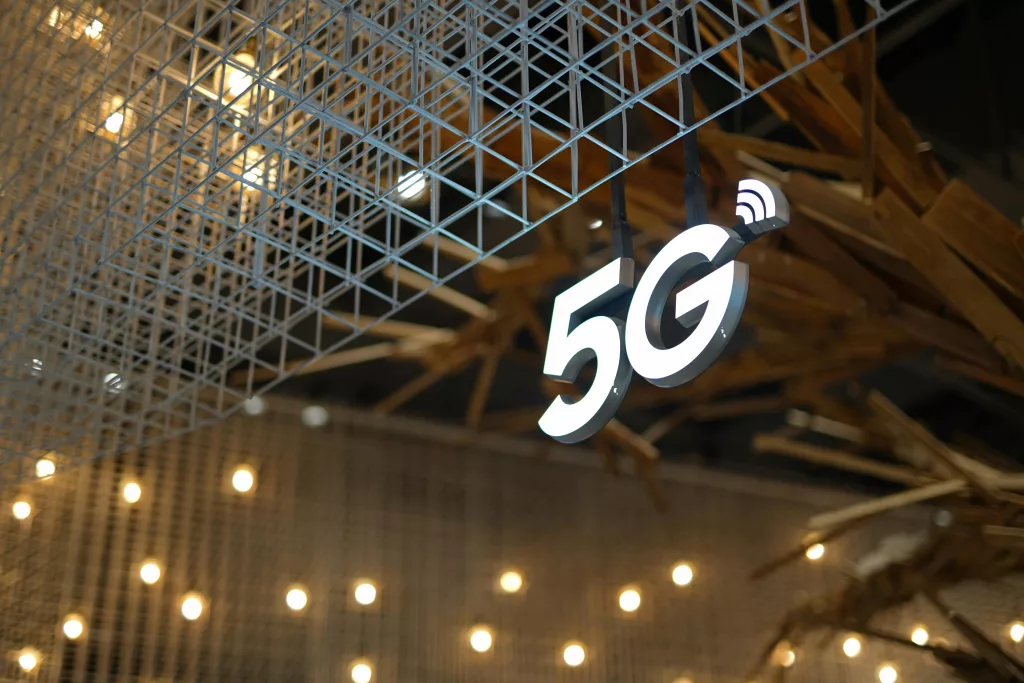Virtual Music Festivals: A New Experience for Fans


The world of music festivals has undergone a radical transformation with the advent of virtual events.
Online festivals have therefore emerged as a creative response to the challenges posed by the pandemic, offering fans an immersive and unique experience from the comfort of their home.
This article therefore explores the rise of virtual music festivals, their distinctive characteristics and the impact they are having on the music industry.
Virtual Festivals: The Virtual Response to the Health Crisis
With the cancellation of traditional festivals due to health restrictions, organizers looked for alternatives to maintain the link between artists and their audience.
Music festivals virtual have thus emerged as an innovative response.
They leverage technology to create an immersive experience, often enriched by interactive features.
Virtual Festivals: Global Accessibility and Democratization of Music
One of the major advantages of virtual festivals is their accessibility to a global audience.
Fans therefore no longer need to travel or submit to geographical constraints to participate in their favorite festivals.
This therefore opened the doors of live music to a wider audience, promoting cultural and artistic diversity.
Virtual Festivals: Immersive and Interactive Experiences
Virtual events do more than just stream live performances. They often offer interactive experiences.
For example; live chat rooms, virtual exhibition areas and artist meet-and-greets.
This interactive dimension therefore creates total immersion, simulating the festive camaraderie specific to traditional festivals.
Virtual Festivals: Technological Innovation and Virtual Reality (VR)
Some virtual festivals go even further by using virtual reality to recreate the atmosphere of physical festivals.
Users can create avatars, explore virtual environments and have a unique visual and auditory experience.
This fusion of music and technology pushes the boundaries of the festival experience.
Virtual Festivals: New Business Models for Artists
Virtual festivals have also reshaped the business models of the music industry.
Artists, often deprived of income from touring, have found a new source of income in these online events.
Events can offer paid tickets, public donations and partnerships, thus offering alternative financial prospects.


A Lasting Impact on the Music Industry
Although born out of necessity during the pandemic, virtual festivals appear to be having a lasting impact.
Even with the gradual return of physical events, many organizers are therefore considering maintaining a virtual component to broaden their reach and reach an international audience.
Reduction of Environmental Impact
An often overlooked benefit of virtual festivals is the reduction of their environmental impact.
By avoiding massive travel, energy consumption and waste associated with physical events, online events therefore contribute to a more sustainable approach to the music industry.
Unique Collaborations and Genre Fusion
Virtual festivals encourage new collaborations between artists of different genres.
The elimination of logistical constraintsthus allows for special performances and unique musical experiments.
Fans can witness creative synergies that they might not have seen at traditional events.
Personalization of the User Experience
Virtual festivals often offer options for customizing the user experience.
Viewers can choose between different scenes, customize their avatars or even select camera angles, creating a more individualized and immersive experience.
Emergence of New Talents via Virtual Competitions
Some virtual events include competitions that allow new talents to get noticed.
These online competitions provide a global platform for emerging artists, therefore expanding opportunities for visibility and career development.


Integration of Blockchain into Festivals
Some virtual events explore the use of blockchain technology to ensure transparent transactions, secure copyrights and create a stable virtual economy.
Innovation therefore aims to solve persistent problems in the music industry.
Virtual Music Education and Interactive Workshops
Beyond performances, virtual festivals integrate educational elements.
Interactive workshops, masterclasses and music education sessions are offered, allowing amateurs and artists to develop their skills and understanding of the industry.
Evolution of Partnerships with Brands
Virtual events open up new opportunities for partnerships with brands.
Virtual exhibition zones, online activations and creative collaborations therefore offer brands innovative ways to connect with an engaged audience.
Interaction between Fans and Artists
Virtual festivals allow for more direct interaction between fans and artists.
Live Q&A sessions, virtual chat rooms and behind-the-scenes digital meetings offer fans personalized experiences with their favorite artists.
Development of Virtual Communities
Participants share experiences, discover new artists together and thus establish lasting connections beyond the event.
Integrated social platforms therefore help to strengthen these communities.


Festivals: Augmented Reality (AR) and Virtual (VR) Options
Some virtual festivals are exploring augmented (AR) and virtual reality (VR) for an even more immersive experience.
3D virtual environments, VR concerts and interactive AR elements add an extra layer to the experience, pushing the boundaries of creativity.
Festivals: Global Accessibility and Inclusivity
Virtual festivals transcend geographic barriers, providing global accessibility.
Fans from around the world can therefore participate without the constraints of travel, promoting an inclusive experience that celebrates cultural diversity.
Ecology and Sustainability in Virtual Festivals
The virtual dimension reduces the carbon footprint of festivals.
This greener approach highlights the importance of sustainability, therefore encouraging the industry to think about more environmentally friendly practices for future music events.
Fusion with Other Art Forms
Some virtual festivals integrate other art forms such as artistic virtual reality, contemporary dance or visual arts.
This artistic fusion therefore offers a multidimensional experience to participants, expanding traditional boundaries.
Integration of 5G Technology
The adoption of 5G technology improves connectivity.
Ultra-fast live streams, real-time interactions and zero-latency experiences therefore contribute to a smoother experience for participants around the world.


Conclusion
Ever-evolving virtual music festivals are not only redefining how we experience music events, but also how the music industry interacts with its audiences.
As these new dimensions develop, they become a field of exploration for innovation, promising an ever richer and more diverse musical experience.
